The rupee continued to depreciate steeply in the interbank market on Friday, closing at Rs262.6 per dollar, down Rs7.17 or 2.81 per cent from yesterday’s close, according to the State Bank of Pakistan (SBP).
The local currency’s value declined Rs24.54 to a record low of Rs255.43 in the interbank yesterday, the largest single-day depreciation in both absolute and percentage terms since the new exchange rate system was introduced in 1999.
Separately, the PKR was changing hands at Rs269 per dollar in the open market at 4:15pm, according to data shared by the Exchange Companies Association of Pakistan (Ecap). This equates to a depreciation of Rs7, or 2.67pc, over yesterday’s rate of Rs262.
Alpha Beta Core CEO Khurram Schehzad said a “substantial” amount of remittances started flowing into the country through formal channels today.
“Remittances are expected to cross $2.5 billion per month again to gradually reach close to $3bn in the coming months, while exports proceeds are also expected to improve by at least $500 million in the next few months.
“These potentially improved inflows due to currency adjustment (and rerouting of flows from hawala market) should be able to support the country’s forex reserves and therefore stabilise currency parity, and make way for releasing imports (already stuck at ports), retiring of LCs (letters of credit) and so on,” he commented.
Schehzad said that if the government had removed the cap four months ago, the country would not have had to pay a huge inflation cost in the coming months, lose $6bn on various counts, see a decline in credibility and create a huge grey market.
“Hope the policymakers now continue with other required adjustments and build a policy action and reform strategy to stabilise the economy and shield the poor with targeted relief,” the Alpha Beta Core CEO added.
Director of financial data and analytics portal Mettis Global, Saad bin Naseer, also said that inflows, including export proceeds and remittances, that had stopped flowing through formal channels for some time, were seen again on Friday after the adjustment.
“A substantial amount has been received. The dollar is expected to stabilise,” he said, adding that the market was expected to get a new direction once money was received from the International Monetary Fund.
“The economy has slowed down so there will be a reduced demand [for dollars]. The pressure will only be due to external loan repayments,” he added.
Meanwhile, Ecap General Secretary Zafar Paracha said that while the central bank had assured that exchange companies would be supplied dollars, they were yet to receive them.
If supply was established and the government’s “complex” policies were corrected, the rupee’s devaluation may be stopped, he added.
“The government’s condition for importers to arrange their own dollars is tantamount to asking them to buy illegally through the grey market because they cannot buy from ECs.
“We are ready to share the government’s burden if they correct their policies and do not become facilitators and promoters of the grey market,” Paracha said.
Price cap removed
On Tuesday, exchange companies had announced the removal of a self-imposed rate cap in the open market. As a result, the open market value of the dollar shot up to Rs252.5 from Rs240.75 on Wednesday but the State Bank of Pakistan (SBP) intervened to bring it down to Rs243.
That intervention, however, was short lived because on Thursday the unofficial cap was finally removed in a bid to revive the stalled International Monetary Fund (IMF) loan programme, resulting in the rupee declining sharply in the open market as well as the interbank market. By the day’s end, the difference in rates between the interbank and open markets, which had widened to Rs15 in recent months, was almost wiped out.
These developments took the currency market by surprise and resulted in extreme volatility. Trading remained thin in the interbank as currency dealers were cautious in watching the dollar movement.
But analysts termed it a “much-awaited adjustment” and said it would help in increasing export proceeds and inward remittances through official banking channels.
The country’s foreign exchange reserves have depleted to a critical level, falling to $3.678 billion in the week ending on Jan 20. This is not enough to finance even three weeks of imports.
The country needs to complete the ninth review of a $7bn IMF programme that would not only lead to a disbursement of $1.2bn from the international money lender but also unlock inflows from friendly countries and other multilateral lenders. Adherence to a market-based exchange rate was one of the IMF’s main requirements for the review’s completion.
















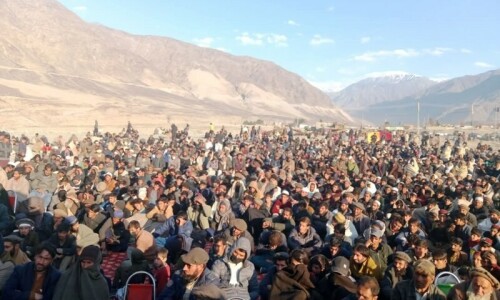
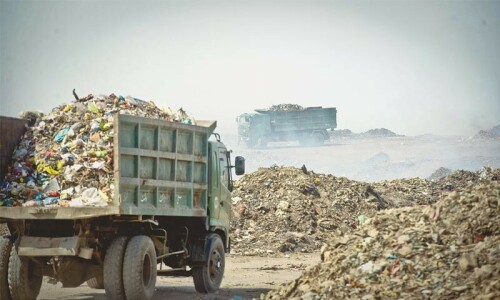
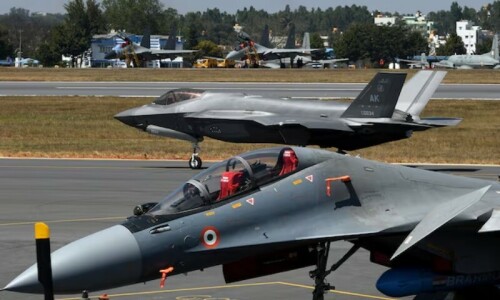




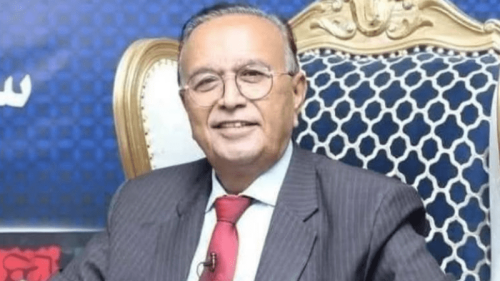
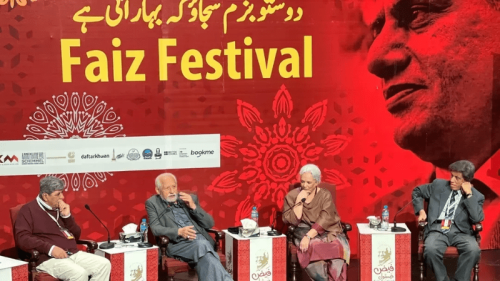




















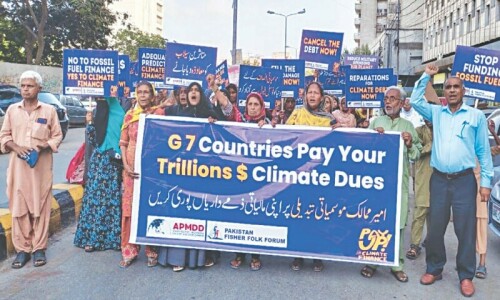




Dear visitor, the comments section is undergoing an overhaul and will return soon.